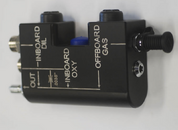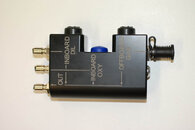broncobowsher
Contributor
0.89mm or 0.089mm?Its a tiny hole. 0.0035" or about 0.89mm in a brass orifice. A drop of seawater in there and some green corrosion over time and the flow rate will plummet
If corrosion is an issue, does anyone make them from stainless?





